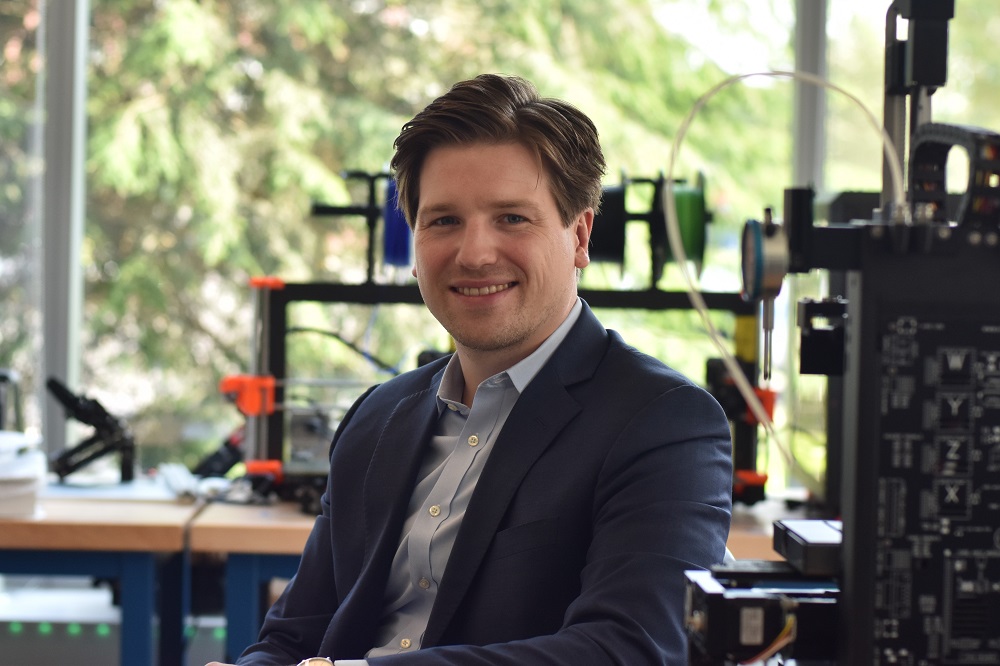Worcester Polytechnic Institute (WPI) today will demonstrate its humanoid robot technology as part of a nine-member team composed of academia and industry aimed at showing effective uses of smart technology to locate and assist victims in disaster situations.
WPI is a member of the Smart Emergency Response System (SERS) team that is demonstrating a concept to use different types of smart technology to empower first responders and other emergency personnel with information needed in locating disaster victims. The team, which includes human first responders, ground and aerial autonomous vehicles, human-operated tele-robots, and trained search and rescue dogs, will demonstrate its SERS solution.
Today's demonstration is in preparation for the official unveiling at the SmartAmerica Challenge Expo in Washington, D.C., on June 11.
Taşkin Padir, assistant professor of robotics engineering at WPI and a member of the SERS team, said the university’s Atlas robot – WARNER (WPI's Atlas Robot for Nonconventional Emergency Response) – will demonstrate various mobility and manipulation tasks, such as clearing debris and turning a valve. The robot will be stationed in WPI’s Washburn labs while other WPI team members communicate with WARNER remotely from the host site at the University of Washington.
"The SERS project is an effort to develop effective and efficient uses of technology for manmade and natural disasters," Padir said. "Every team in the consortium brings in different capabilities in terms of technology."
In addition to WPI, the SERS team includes BluHaptics, Boeing, MathWorks, MIT Media Lab, National Instruments, North Carolina State University, University of North Texas, and University of Washington.
Project leader Justyna Zander, representing MathWorks, noted that the SERS project is focused on using cyber-physical systems to improve response to and recovery from emergencies and disasters. That is performed by sharing data, applying computational optimization algorithms, and coordinating action in real-time via wireless networks.
Padir added that the project is an effective way to bring together disparate technologies all working toward the same effort. "The goal is to raise awareness about the current state of technology and cyberphysical system technology and to see how it can save lives," he said.
Additionally, Padir noted that the new technologies can have impacts on the economy. "This could lead to the creation of new jobs," he said. "For example, if robots are performing tasks, then we need to have people who can control the robots and be trained on and receive education on various robotic systems."
As testament to the commitment of the team, Padir noted that none of its members received any funding for the project. Every team is covering its own cost. "That says that engineers and scientists care," said Padir. "And it says that we want to solve the problems society is facing. We're eager to get out of the lab and demonstrate our abilities."
There are 20 SmartAmerica Challenge projects this year. In addition to the SERS team, WPI is involved in a separate project known as "Closed Loop HealthCare," an undertaking in the healthcare/medical sector in which sensor data goes with patients seamlessly from home to ambulance to hospital to back home.

